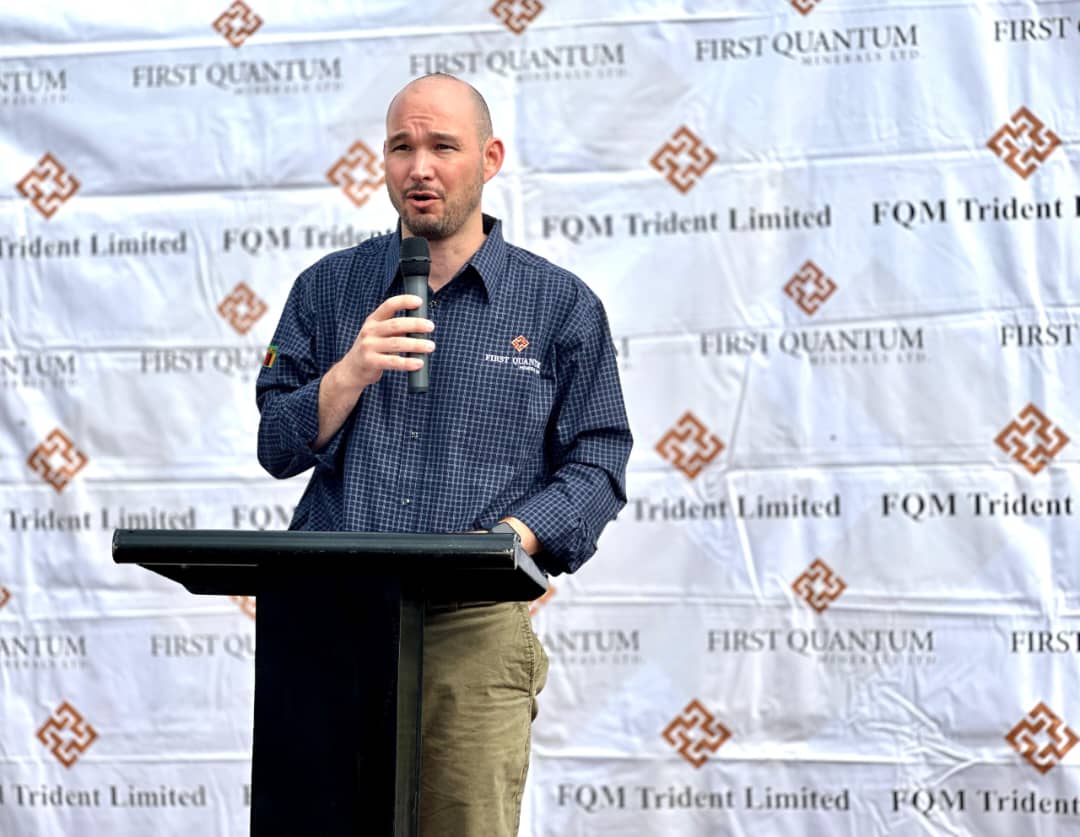First Quantum Minerals’ majority-owned Cobre Panama operation has signed a long-term contract with AES Panama for the supply of renewable energy, starting in January 2024.
The agreement establishes that the energy supplied by the electricity generation company to the copper mine will be certified renewable energy from solar, wind and hydroelectric sources.
The CEO of First Quantum Minerals, Tristan Pascall (right), and the President of AES Panama, Miguel Bolinaga, gathered to sign the contract (pictured).
“As a responsible mining company, we recognise our obligation to contribute to the management and mitigation of climate change and part of our contribution is through a transition to clean energy sources in our operations, including Cobre Panamá,” Pascall said.
“The global need to accelerate the transition to the use of cleaner energy will require an increase in the production of minerals and metals, such as copper, used in solar panels, wind farms and electric vehicles. This agreement for the energy transition of our operations is also a logical step to increase the sustainability of our production.”
Miguel Bolinaga, President of AES Panama (left), said: “One of the main goals of AES at a global and local level is to lead the energy transition, which is why for us offering cleaner energy solutions to our clients is a priority.”
The Operations Superintendent of the Panama Copper Power Plant, Boris Batista, said the agreement with AES would cover the plant’s need for more power, and that all this additional power – 64 kW – would come from renewable energy sources.
Other steps would follow in the process of reducing carbon emissions at Cobre Panama. By 2025, 30% of the energy used in Cobre Panama’s operations is expected to come from renewable sources. For its part, the First Quantum Minerals group plans to reduce its carbon emissions in its global operations by 50% by 2030.








